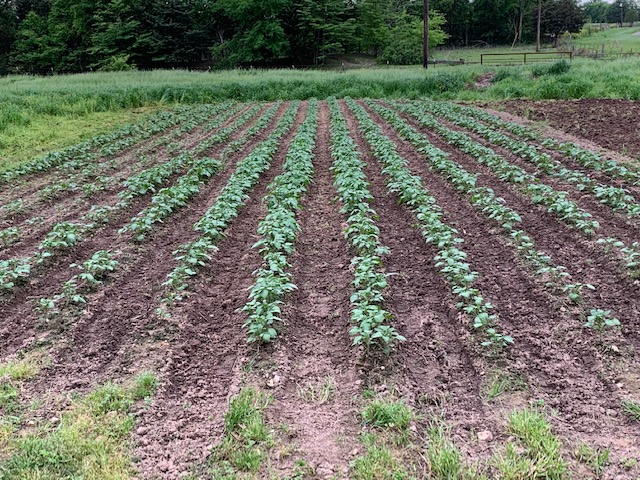October 8, 2023 – Planting potatoes in the spring is usually a hit or miss action due to weather. Is the soil dry enough? Is the soil too wet? Well, if you’d like to avoid spring planting problems, including fitting potato planting in with everything else you’re doing at the time, try planting your potatoes early, like now!
You don’t hear much about fall planting any more, but 50+ years ago, fall plantings were often the rule rather than the exception, and that includes garlic and onions as well.
The big advantage to planting this time of year is that it gives the potatoes a head start for next year’s growing season. They’re going to be dormant through the winter but will start growing on their own as soon as the soil is the right temperature, usually two or more weeks before the seed potatoes you plant next spring. Also, they grow faster than spring-planted potatoes, which means an earlier harvest. If you want, the earlier harvest gives you time to plant a second round of potatoes, getting two harvests in one season.
One change in planting is the “seed” potato. Rather than using seed potatoes, use a whole potato. Seed potatoes, particularly seed potatoes that have been split to go further, tend to rot over a total winter. A complete potato will ride through the winter just fine. Small potatoes work well, but larger potatoes have more available “energy” when needed next spring. If you really want to use seed potatoes, Amazon is one of only a few sites that may have them.
After planting, a good practice is to have soil on three sides covered with 1-2” of composted manure mixed with straight compost on top, followed by 4” of mulch. Now you have plants that are provided with their own fertilizer.






